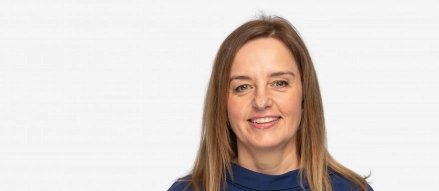
Primary Care Networks – Preparing for the end of year 2 and beyond
Preparing for the end of year 2 and beyond
Key reminders
- The majority of PCN’s are operating under the lead Practice model or the flat Practice model – as such they are not separate legal entities.
- The funding comes in the form of Direct Enhanced Service Payments and therefore is no different from other DES even if the money is not directly controlled by the practice
- Any surplus arising from such monies needs to be accounted for by the network member Practices.
Immediate action
As we approach the end of the second year of accounting for PCN’s it is worthwhile identifying any potential surplus- decisions can then be taken on what to do with this surplus- spend within the PCN or return to member practices allowing them to decide how to utilise within their individual Practices.
Remember – for accounting and tax purposes, provision for an expense can only be brought into account for 2020/21 if the PCN or its member Practices has incurred a legal or constructive obligation prior to 31 March 2021 to subsequently incur that expense.
Specifically, no provision can be made for the remuneration of employees unless that remuneration is paid (as defined for PAYE purposes) within the accounting period.
A provision of a clawback of income received can only be included if there are conditions for commissioners to clawback income or require you to spend the money on a specific project – such as a grant for a piece of work which was not subsequently done.
If PCN’s are in receipt of funding from the General Practice COVID Capacity Expansion Fund then this also needs to be considered as it is support up to 31 March 2021 so unspent monies may also be taxable.
The future
It is clear that PCN’s will continue to be used as the “vehicle” for collaborative funding streams. The issues identified upon the introduction of PCN’s are still there and need to be addressed as the funding streams increase. The main issues are;
- VAT - While healthcare services are often classed as VAT exempt, supplies of staff around the network (including healthcare staff) are subject to 20% VAT above an £85,000 registration threshold. ARRS funding in 2021/22 is going to rise significantly to a level where VAT considerations can no longer be ignored.
- Liability - As noted above the PCN is not a separate legal entity in its own right. It is a group of practices who are jointly and severally liable for what happens within the network. All practices – and therefore all the partners – are trusting each other to share the network’s legal and financial responsibilities.
- Tax on PCN surplus - As the PCN is not a legal entity it has no mechanism to report its taxes, except through its member practices, with each practice needing to report its share of the surplus through their own accounts.
- Employment of staff - The PCN in unable to employ staff. As such they need to be employed by the individual Practices which then carries the employment risk.
The increased funding streams means that the Flat Practice and Lead Practice Models may no longer be fit for purpose. The Super Practice Model (where one Practice contains the PCN in its entirety) and those using a Federation to run their PCN address most of the issues noted above but for others it points to Incorporation of the PCN.
Advantages:
- VAT – as a separate entity, a VAT Cost sharing Group can be created to overcome VAT issue
- Staff- employ own staff
- Tax - payable by Company on surplus at 19% or maybe even less ,
- Risk - Limited Liability
- Accounting – easier and more transparent as separate entity
Drawbacks:
- Set up and running Costs- Legal and Accounting
- CQC registration would need consideration
- Transfer of Staff under TUPE
What next?
Doing nothing is no longer an option as VAT will be problematic using the Lead or Flat practice model. If the PCN decides to incorporate then specialist legal and accounting advice should be sought at the outset to ensure the structure is correct to deal with the taxation, pension and legal compliance issues.
Written by Des Liddy Healthcare Partner
Get in touch
If you would like to discuss any aspect of the above or medical accounting in general, please contact Andy Pow, his details are below, or submit an enquiry using the link below:
